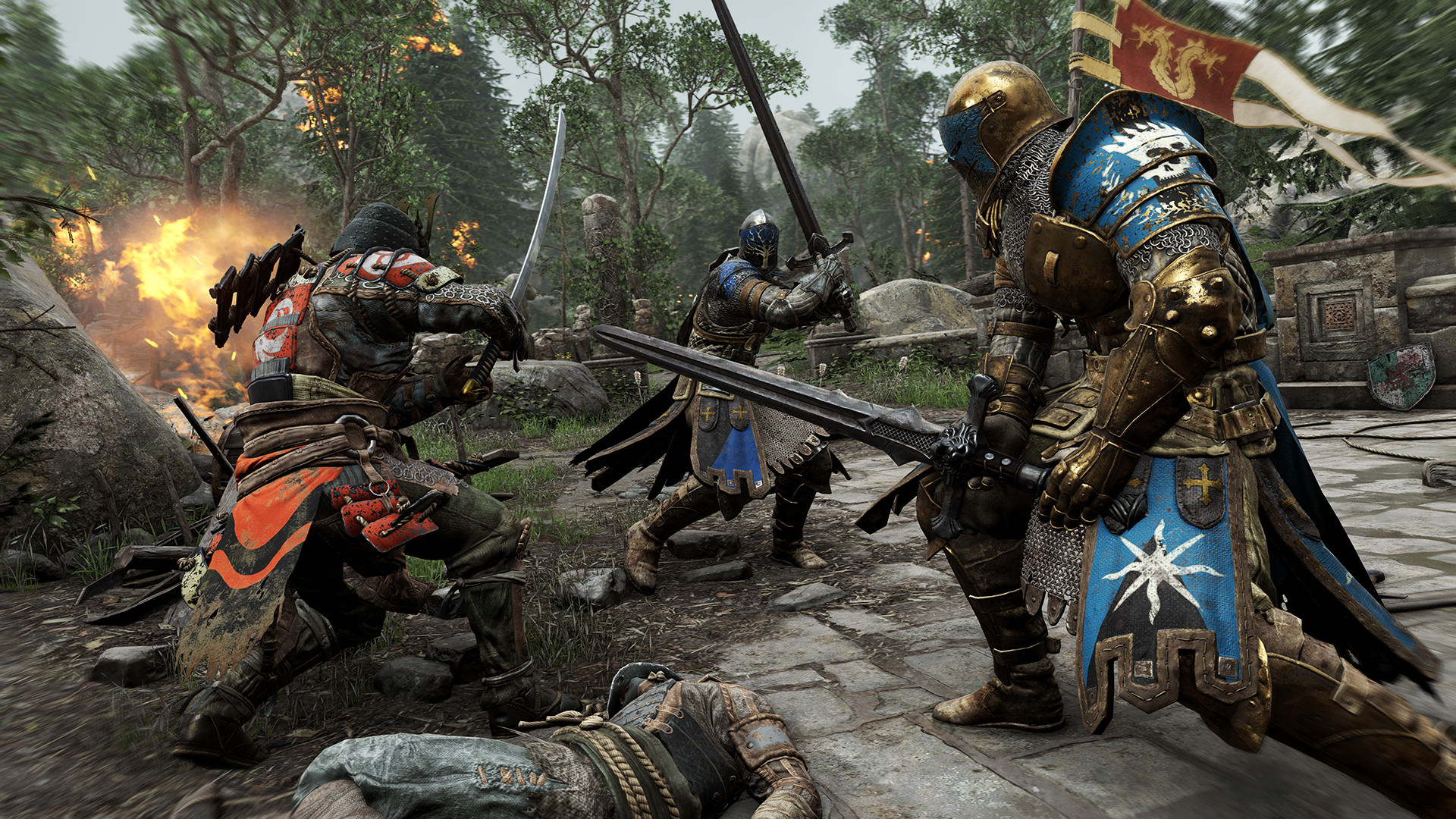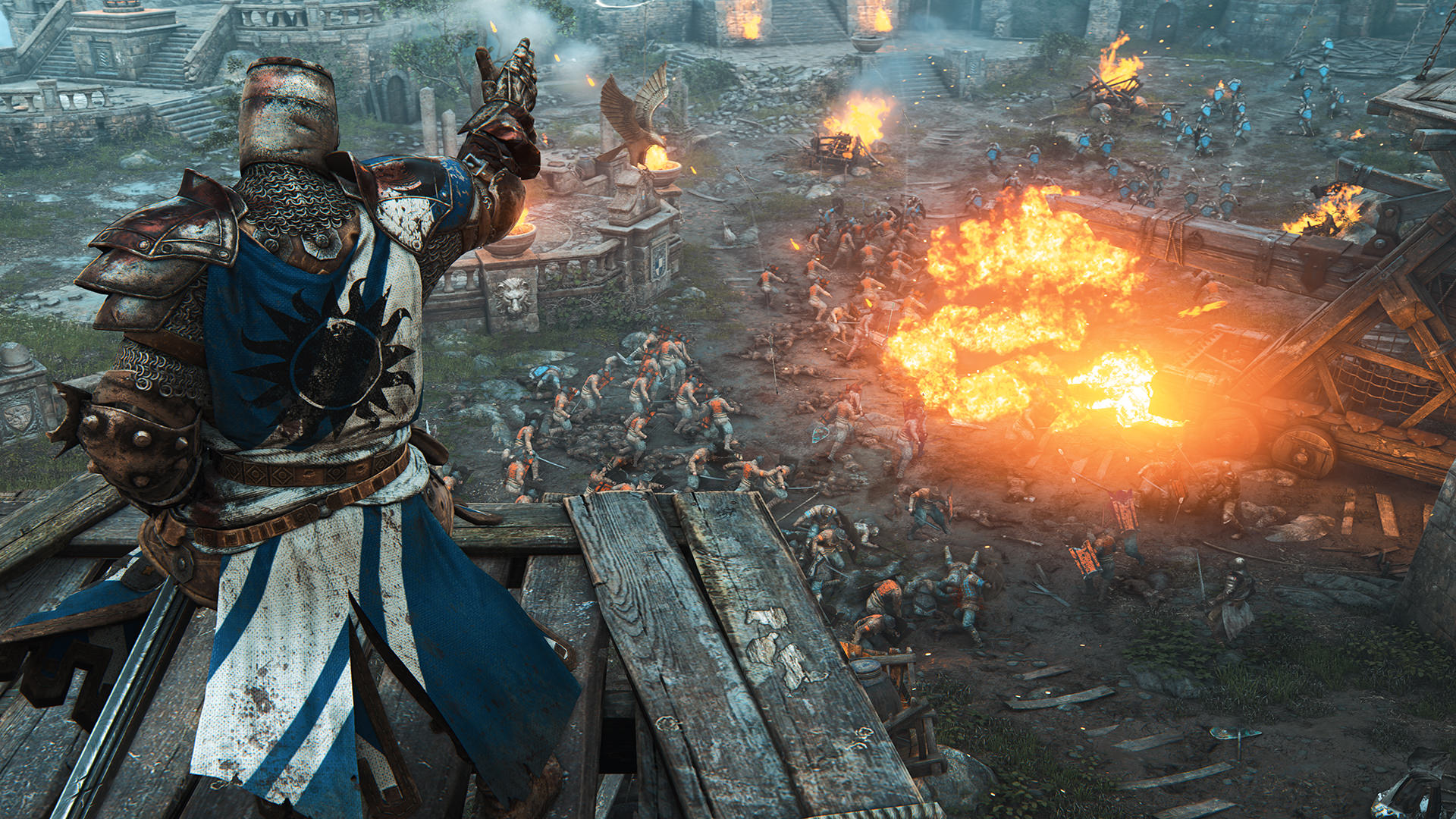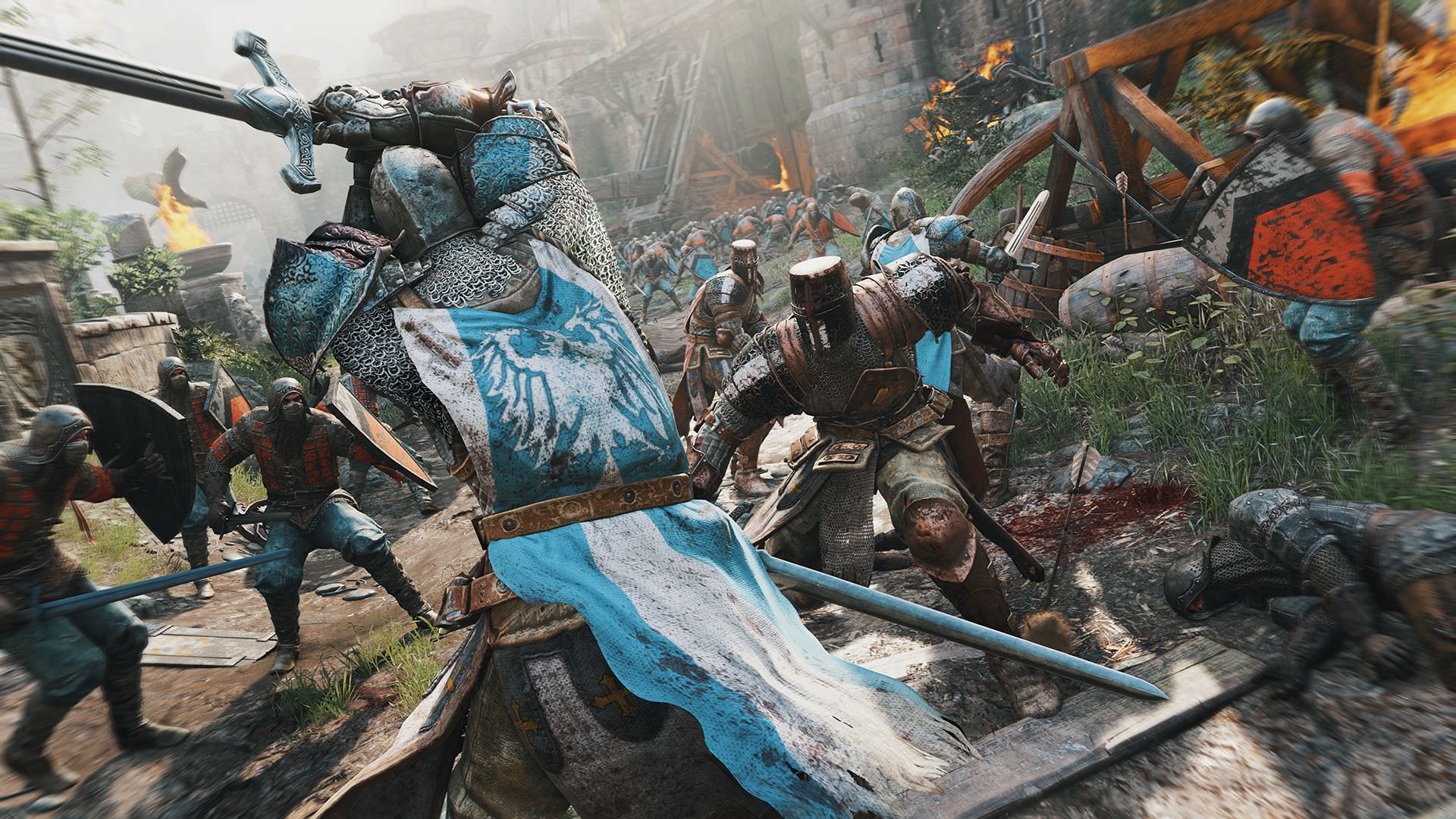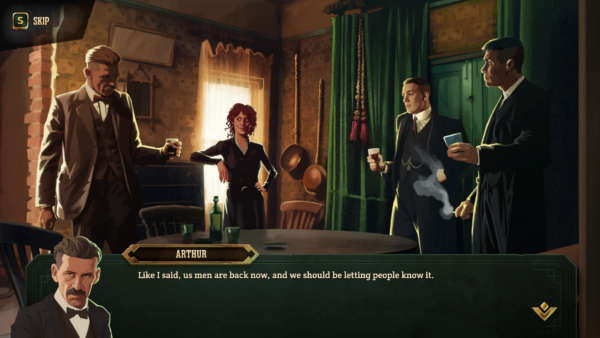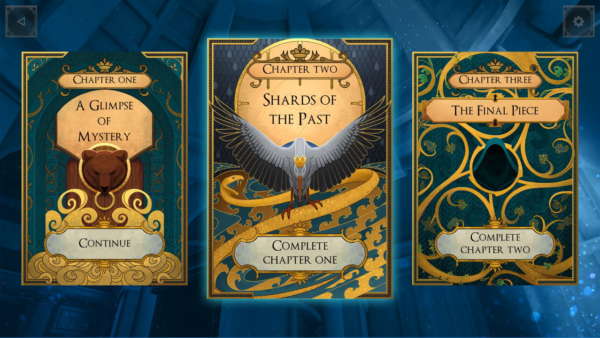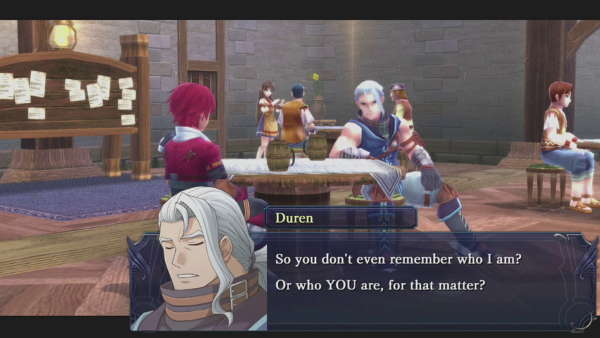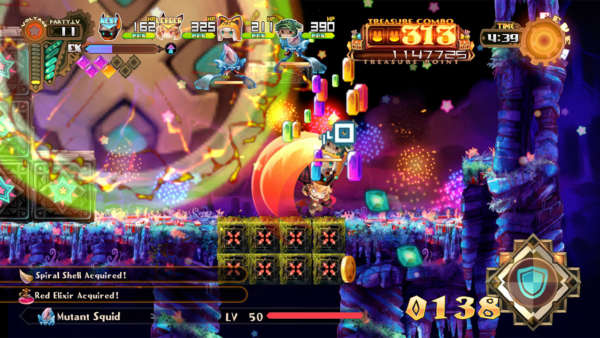When I first heard of For Honor my mind immediately went to Chivalry: Medieval Warfare, both titles have a similar premise. Without much insight into For Honor, I assumed the combat would be the same minus the wider choice of playable characters breaking out into factions; Samurai, Vikings and Knights. Actually playing it however, I soon realised how different this game is to many other titles on the market. It’s a third-person weapon-based arena style combat. The combat very much reminds me of Dark Souls, you believe it to be simple but there is a lot of complexity beneath the surface, something button bashing will not make you better at.
Choosing probably the three most iconic historic warriors as classes, immediately perked up some eyes back in 2015 when it was first revealed. You can play as samurai, knights or vikings which are some pretty badass faction to choose from. One of the better choices in For Honor, is not tying you down to any faction and although it asks you to select one at the start, you don’t have to stick with that choice in any other game after the tutorial. The combat prides itself on elegance over brutality that favours patience over pressure for a quick win and rewards you with high-relief when your reaction time was on point and victory is confirmed.
The meat of the game is based on 1 v 1 duels, or “honorable matches” as they are called by the players online. Although multiple opponents can happen in matches, in the community it can be frowned upon and breaking the socially accepted unwritten rule can have devastating consequences. Playing through our first game, a teammate and myself decided to gang up on the last surviving enemy in a 2v2. In the next match, because we dishonored them they decided to rush one of us, destroying our tag team in seconds and winning the round. This was an eye opening to the strange sense of pride the community has in For Honor for ‘traditional’ matches.
